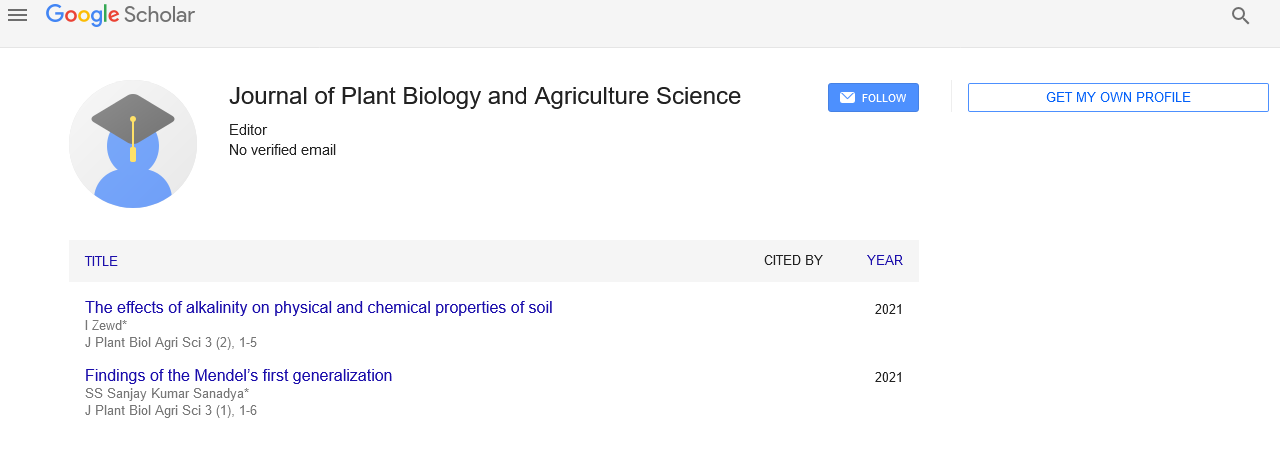
Sign up for email alert when new content gets added: Sign up
Abstract
Field crop fungicide seed treatments
Author(s): Kulkarni Radhika*Synthetic seed treatment started with oats with the utilization of salt water in1637, arsenic in 1755, and copper sulfate in 1760. This practice has been far and wide in horticulture particularly following the introduction of new science classes. Ordinarily, compound seed treatment comprises of the utilization of pesticides to seed to control infections and vermin affecting seeds and seedlings. Some seed treatment items are sold as blends of at least one of these pesticides, and bird anti-agents in some cases included. These pesticides can be applied to the seed in several ways without change of the shape and size of seeds, for example, dust application and film coatings, in spite of the fact that there are a couple of exemptions, such as pelleting Since seed treatment does not generally adjust the shape and size of seeds, the seed tone is much of the time modified to make treated seed less alluring to birds, differentiate between brands, ready ranchers and others that seeds are dealt with and can-not be utilized for animal feed, and to work with cleaning tasks in the case of an unplanned spillage. Despite the fact that seed treatment could incorporate utilization of fungicides, bug sprays or rodenticides, most of seed medicines is with fungicides. Seed medicines are sine qua non for overseeing illnesses to increment stand foundation, seed yield and quality.
Full-Text | PDF




